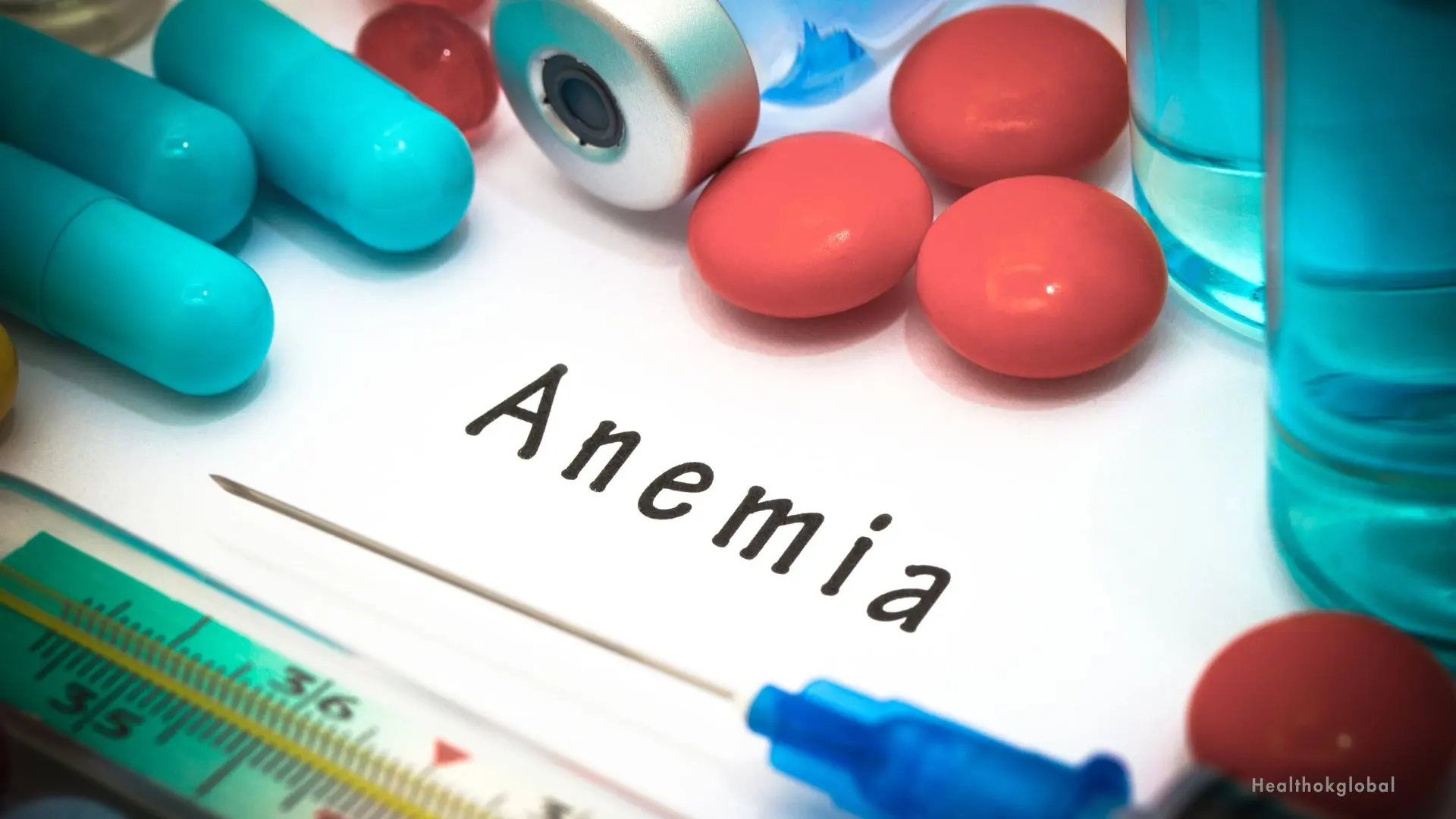Anemia is a prevalent condition affecting millions worldwide. Learn about its nursing diagnosis, symptoms, risk factors, and effective care strategies.

Blog
Nursing Diagnosis for Anemia: In-Depth Care Strategies and Patient Management
Anemia is a prevalent condition marked by a decrease in red blood cells (RBCs) or hemoglobin levels in the blood, leading to reduced oxygen delivery to the body's tissues. Its causes range from nutritional deficiencies to chronic diseases, and it can have far-reaching effects on a patient’s health. Nurses play a vital role in diagnosing, managing, and supporting patients with anemia through structured care plans. This guide provides an in-depth look into nursing diagnosis for anemia, its symptoms, risk factors, and tailored care strategies.
Identifying symptoms of anemia early is critical for prompt treatment. Nurses must be attentive to the signs that may vary depending on the type and severity of anemia. Common symptoms include:
Fatigue is one of the hallmark symptoms of anemia. Patients often report feeling exhausted even after minimal physical activity due to the lack of oxygen delivered to their tissues.
Pallor, especially noticeable on the face, hands, and inner eyelids, results from reduced hemoglobin levels and is a visible indicator of anemia.
Anemic individuals may experience difficulty breathing, particularly during physical exertion, as the oxygen supply to muscles is insufficient.
Reduced oxygen levels in the brain can lead to lightheadedness, dizziness, and recurrent headaches.
Poor circulation caused by anemia may result in cold extremities, adding to patient discomfort.
Certain factors increase the likelihood of developing anemia. Identifying these risk factors allows nurses to implement preventive strategies. Major risk factors include:
Dietary deficiencies in iron, vitamin B12, and folate are leading causes of anemia. Nurses should assess patients' dietary habits and recommend supplements if needed.
Diseases such as chronic kidney disease, cancer, and autoimmune disorders often result in anemia due to impaired RBC production or destruction.
Conditions like sickle cell anemia and thalassemia are inherited and lead to abnormal RBCs, increasing the risk of anemia.
Acute blood loss from trauma or chronic loss from conditions like ulcers or heavy menstruation significantly contribute to anemia.
Chemotherapy and certain antibiotics can impair RBC production, making individuals more susceptible to anemia.
Nurses are pivotal in crafting effective care plans based on accurate diagnoses. Below are common nursing diagnoses for anemia:
Addressing fatigue involves assessing energy levels, encouraging adequate rest, and providing nutritional guidance to improve RBC production. Rest intervals and a diet rich in iron and folate can significantly help.
Compromised immunity due to anemia heightens infection risk. Nurses must educate patients about hygiene practices and administer vaccines as needed.
Developing a gradual activity plan while monitoring for signs of fatigue or breathlessness ensures patients can resume daily activities without strain.
Nurses can improve oxygenation by providing supplemental oxygen and educating patients about proper breathing techniques.
Comprehensive care strategies focus on symptom management, patient education, and addressing underlying causes. Key care strategies include:
Encourage consumption of iron-rich foods such as leafy greens, red meat, and fortified cereals. For vegetarians, legumes and nuts are excellent sources.
Administer iron supplements, vitamin B12 injections, or erythropoietin as prescribed to boost RBC production.
Frequent blood tests to monitor hemoglobin levels and ferritin help track progress and adjust treatment.
Living with anemia can be challenging. Providing emotional support and resources for counseling ensures holistic care.
Nutritional deficiencies, chronic diseases, genetic conditions, and blood loss are the leading causes of anemia.
Blood tests like complete blood count (CBC) and ferritin levels are used to diagnose anemia and its severity.
Treatment depends on the cause. Nutritional anemia can often be reversed with diet and supplements, while genetic forms may require ongoing care.
HealthOK Global provides expert guidance and support for seniors experiencing chronic pain. Our team offers personalized solutions tailored to individual needs. Contact our FREE 24 x 7 Healthcare Helpline at +91-8047190955 for assistance.
Nutritional deficiencies, chronic diseases, genetic conditions, and blood loss are the leading causes of anemia.
Blood tests like complete blood count (CBC) and ferritin levels are used to diagnose anemia and its severity.
Treatment depends on the cause. Nutritional anemia can often be reversed with diet and supplements, while genetic forms may require ongoing care.
Need Personalized Health Guidance?
Get expert advice tailored to your specific health needs from our qualified healthcare professionals.




